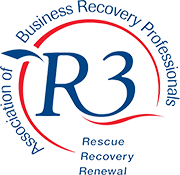Updated: 10th January 2020
Debt Refinancing: Benefits and Risks
The burden of debt can be overwhelming for some businesses, particularly when a commercial scenario has changed significantly over time. Perhaps market decline has negatively affected a business’ cash position, for example, or servicing the debt has simply become too expensive.
In situations like these, some businesses choose debt refinancing to ease the pressure on their finances and reduce the debt burden. It’s important to establish that refinancing is the best option in all cases, however, as this solution can also be unfavourable in some circumstances.
RBR Advisory can assess your working capital situation and levels of debt, and advise on whether debt refinancing may be the best option for you.
What is debt refinancing?
Debt refinancing involves replacing one or more existing loans with a new loan that offers more favourable terms. This may be a lower interest rate, for example, or an extended repayment period, but the business benefits by reducing its outgoings on a month-to-month basis.
Debt refinancing differs from debt consolidation in that a single loan can be refinanced and replaced with a new loan offering better terms. For debt consolidation to be viable, a number of debts must be incorporated into a single loan.
Why choose debt refinancing?
Businesses tend to refinance when servicing their debt has become such a burden that it’s hampering growth. It’s often clear when refinancing can help, but also important to factor in potential downsides in terms of a business’ ability to repay the new loan.
Ensuring the terms and conditions are favourable to the business in the long-term is crucial, and the decision to refinance requires careful assessment. Debt refinancing can breathe new life into a business, however, by releasing the working capital it needs to flourish.





